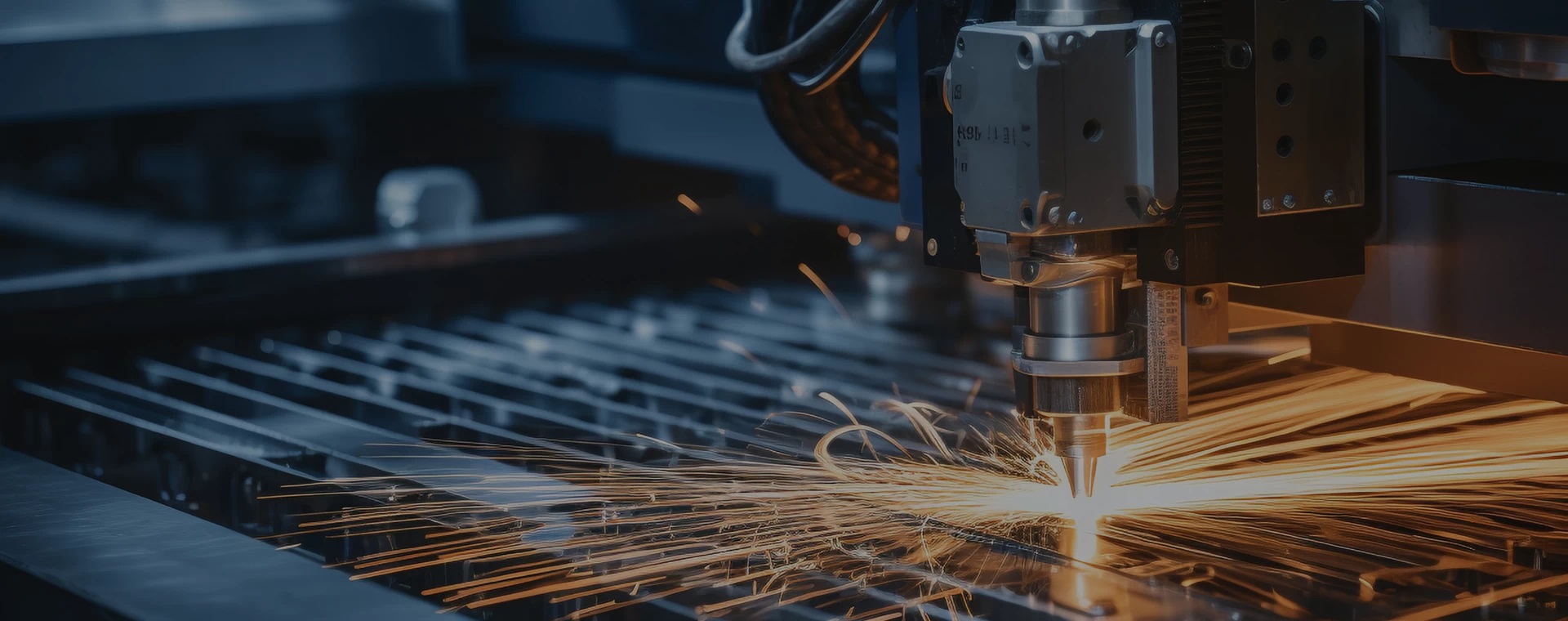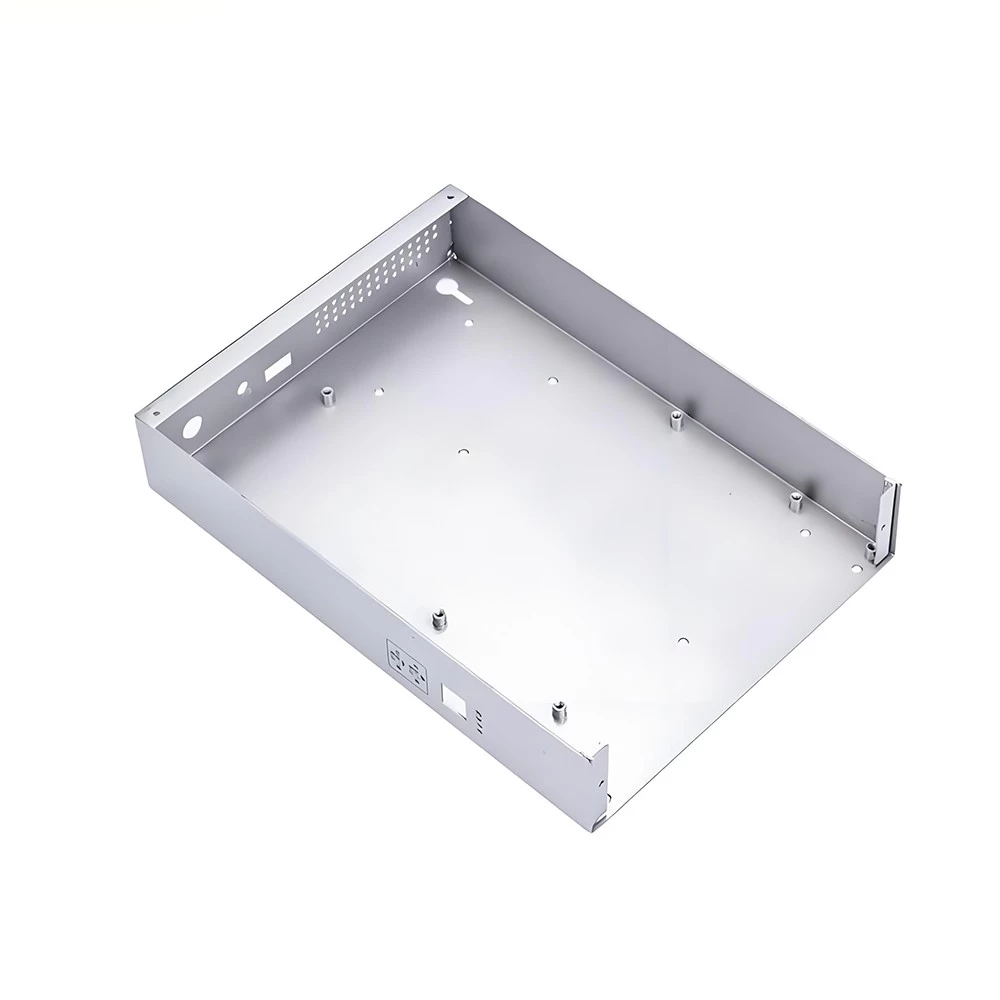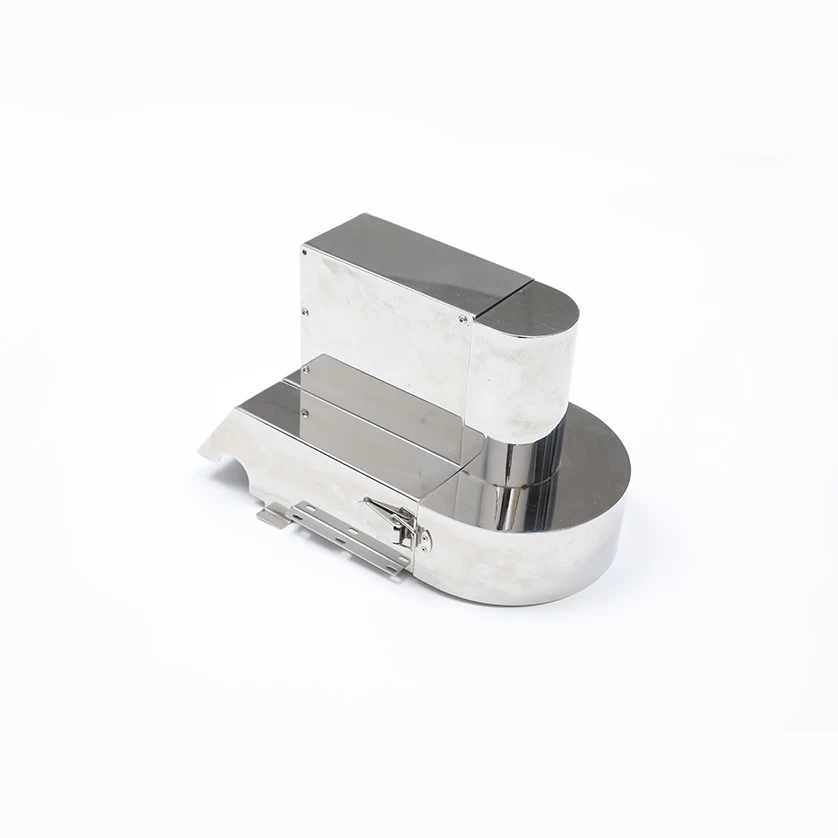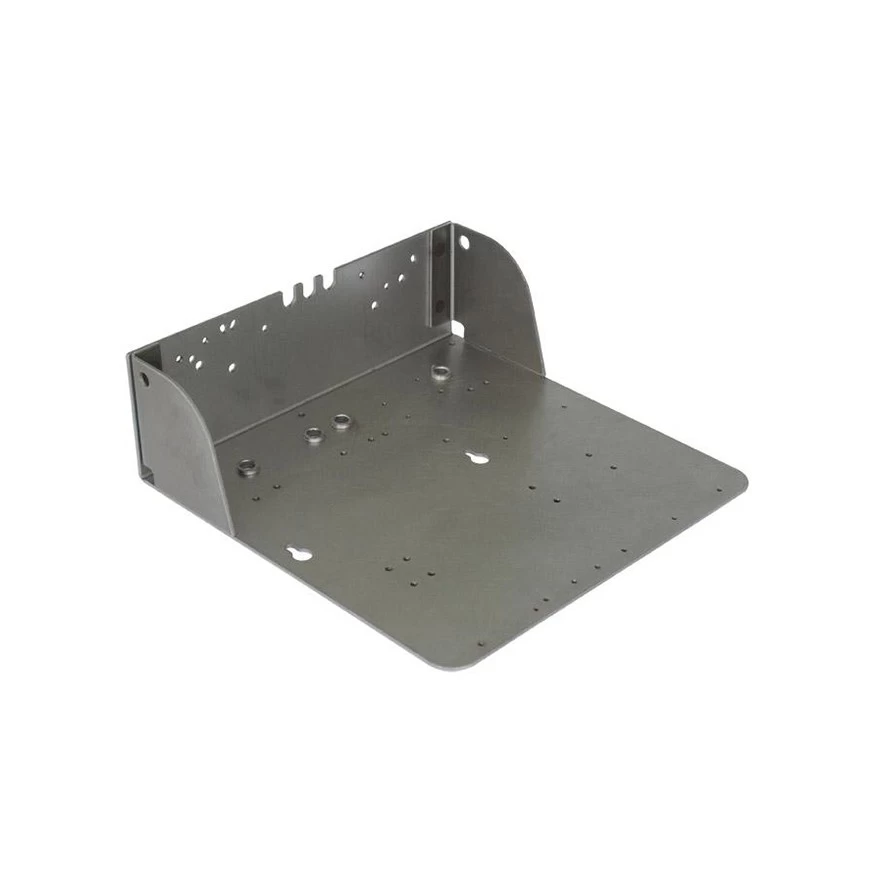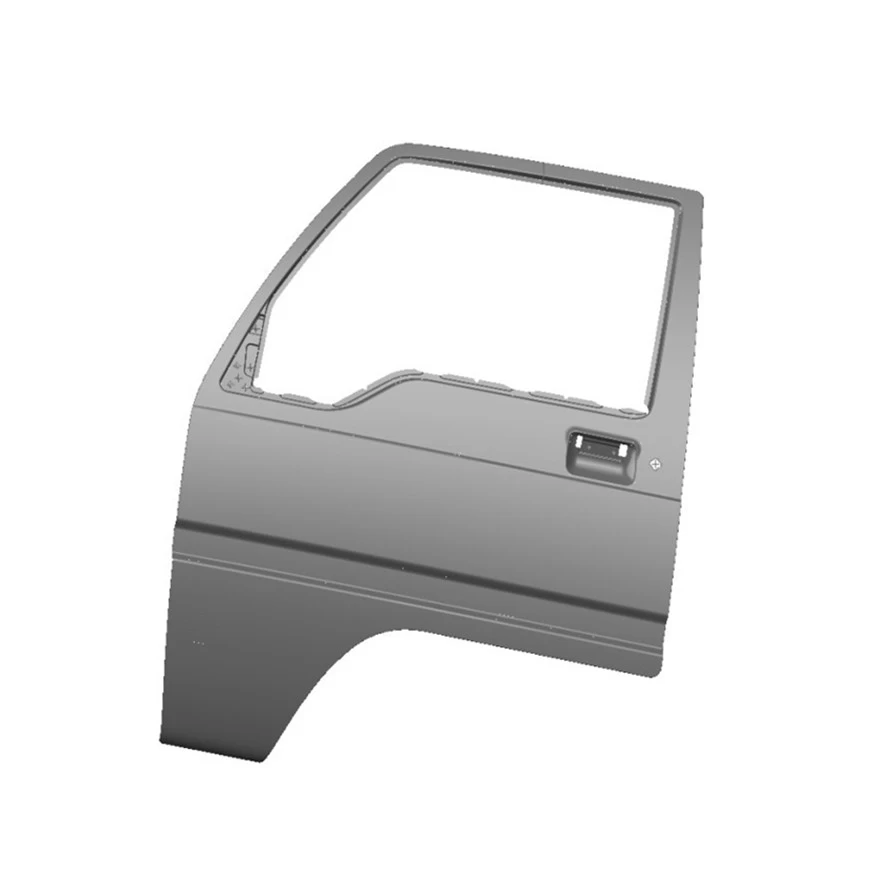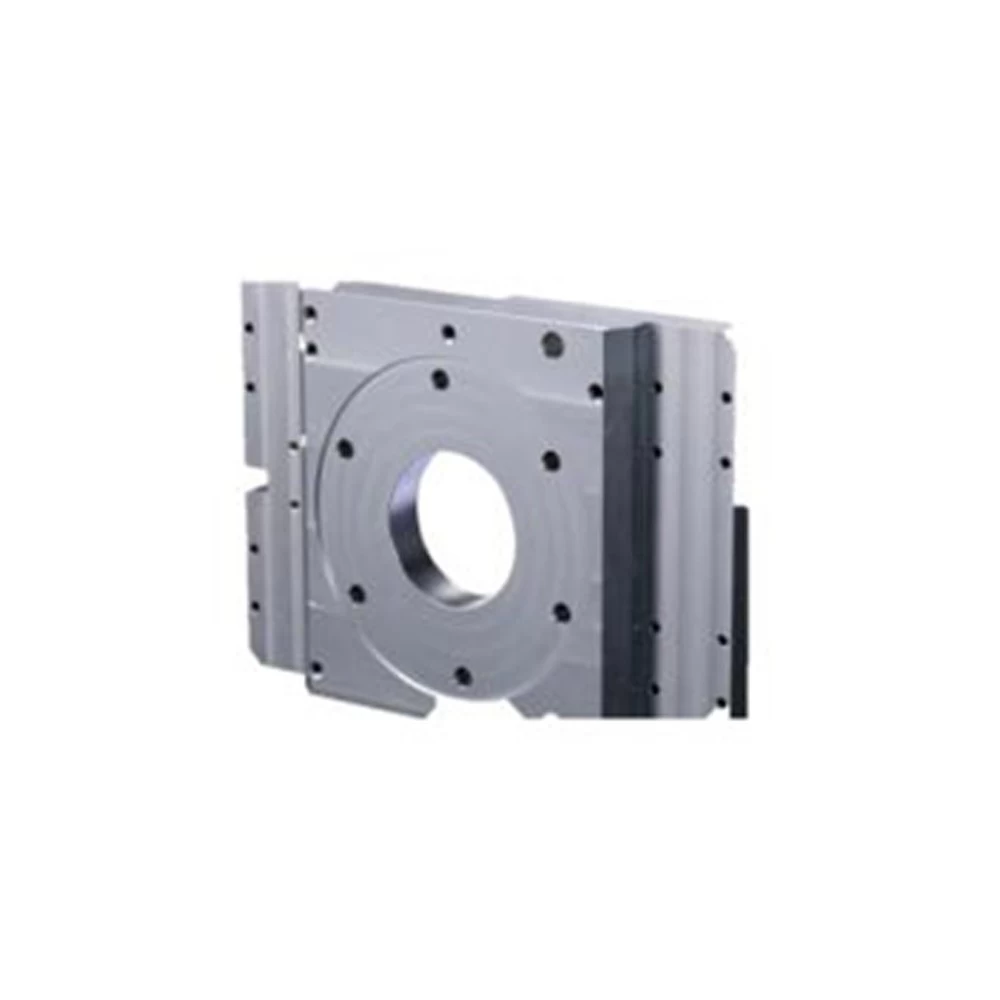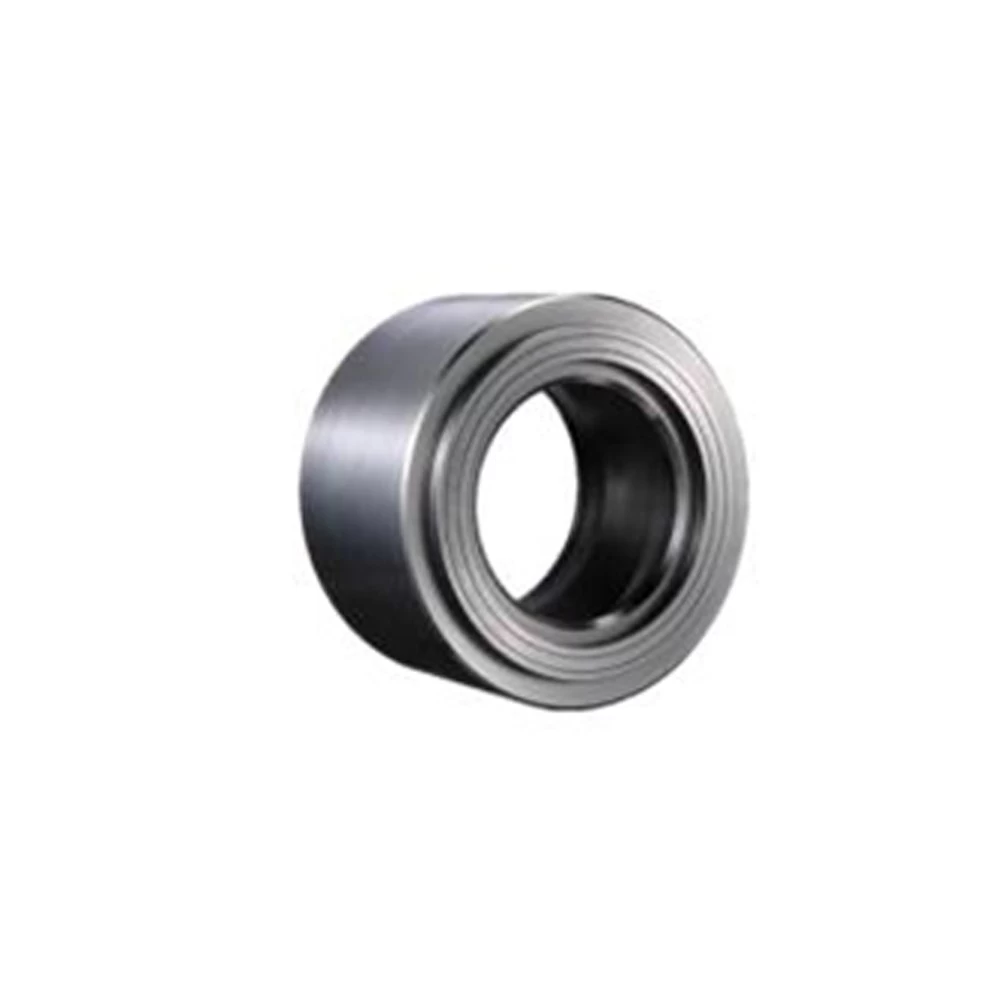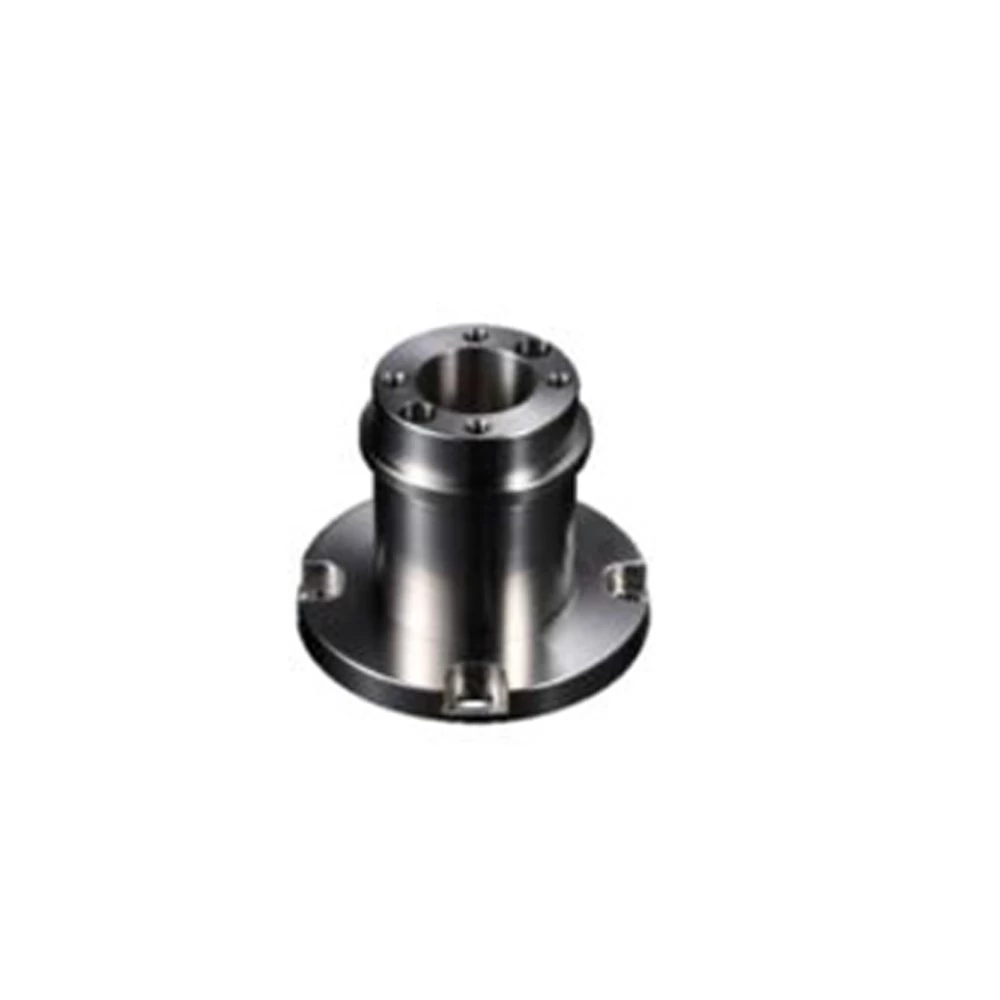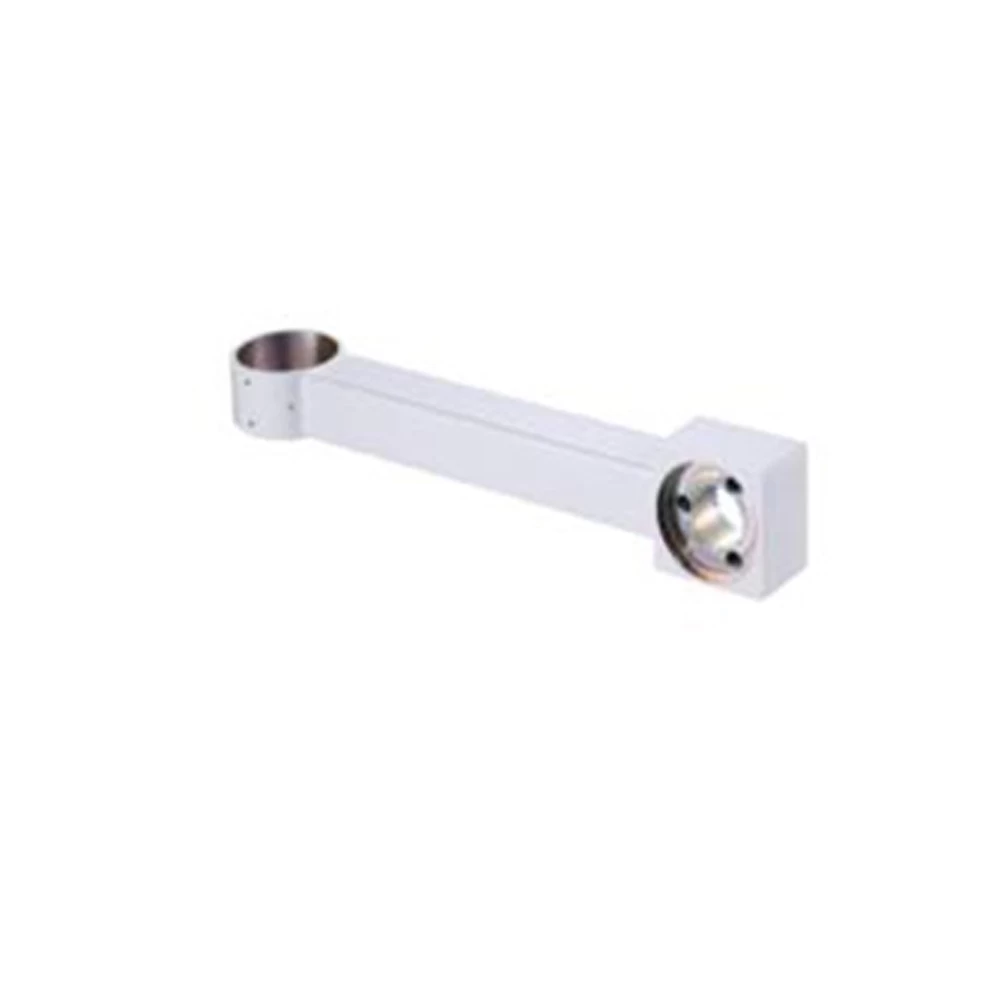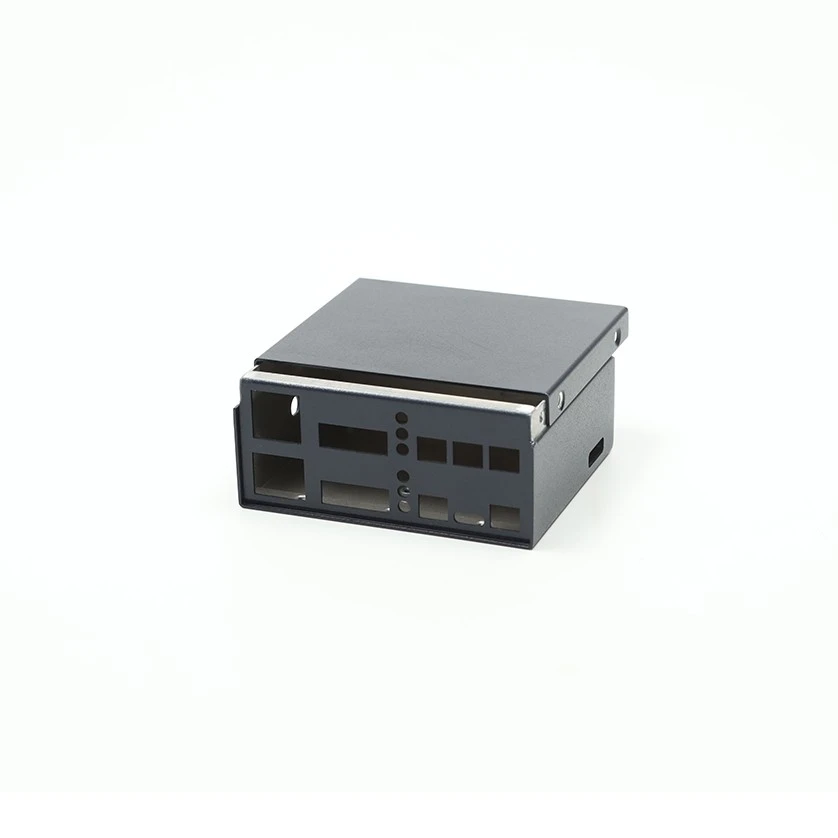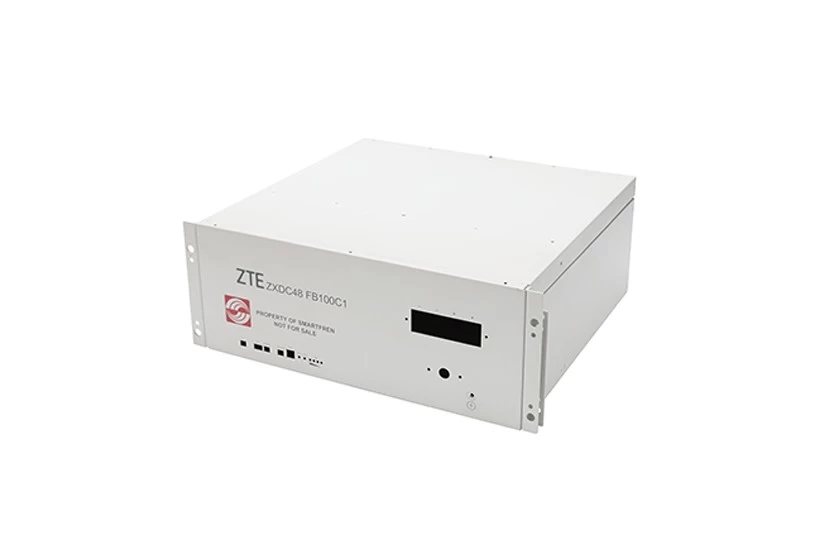Best Aluminum for Sheet Metal Bending
As a China sheet metal manufacturing supplier, Houdry has learned that the selection of aluminium alloy material has a direct impact on the bending yield, processing efficiency and final product performance in our daily production. Facing the complicated aluminium grades in the market, how to select the material scientifically and optimize the process has become the key to enhance the competitiveness of enterprises. In this article, we will analyse the characteristics of the most suitable aluminium alloy for sheet metal bending and the processing solution in depth, in combination with the industry practice.
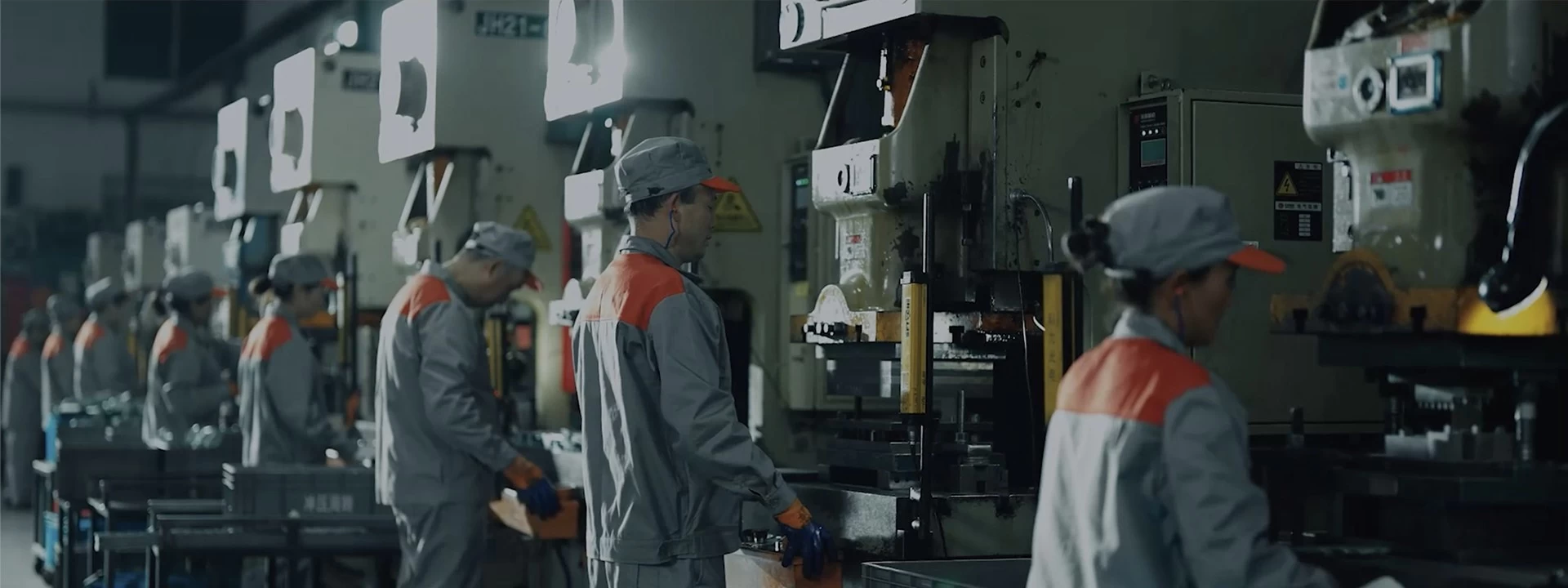
I. Sheet metal bending's core performance requirements for aluminium alloys
Sheet metal bending process requires the material to have both good ductility, moderate strength and low rebound properties:
Ductility: Determine the minimum bending radius and the ability to form complex shapes, the elongation needs to be >10%.
Hardness range: too high a hardness (such as H state) is easy to lead to cracking on the outside of the bend, O state is ideal but low strength
Texture sensitivity: the bending direction should be perpendicular to the rolled texture, parallel direction bending crack risk increased by 30% or more
Surface compatibility: increased brittleness of anodised or sprayed materials may lead to cracking in the later stages of bending.
II. Mainstream aluminium alloy bending performance comparison and selection suggestions
Houdry is China sheet metal manufacturing, we have a wealth of practical experience in the sheet metal industry, combined with the data of material testing, we list the performance of the four major series of aluminium alloys:
1. 1xxx series (represented by 1060) - first choice for high ductility
Characteristics: 99.6% aluminium content, elongation up to 15%, minimum bending radius of only 0.8 times the plate thickness.
Advantage: low modulus of elasticity, adapt to complex curved surface moulding; excellent electrical/thermal conductivity, suitable for electronic shell.
Applicable scenarios: electrical housing, metal decorative parts (thickness 0.5-3.0mm).
2. 5xxx series (5052 leading) - the best overall performance
Composition characteristics: magnesium content of 2.2%-2.8%, to achieve a balance of strength and plasticity.
Processing advantages: strain-hardening properties (H32 state) tensile strength up to 290MPa; excellent corrosion resistance, marine components life increased by 50%.
Typical applications: ship decks, curved surfaces of architectural curtain walls (thickness 1.0-6.0mm).
3. 3xxx series (3003 core) - thin plate precision bending specialists
Performance highlights: manganese reinforced matrix, 20%+ elongation, ultra-thin plate (0.3mm) bending without cracking.
Special value: high consistency of surface treatment after bending; cost is about 15% lower than 5xxx series.
Application examples: kitchenware stamping parts, lamp reflectors.
4. 6xxx series (6061/6063) - structural bending solutions
Heat treatment dependence: T6 state requires strict control of bending direction (vertical grain).
Process adaptation: recommended V-groove opening 8-10 times the thickness of the plate; need to overbend 2 ° - 3 ° to compensate for springback.
Limitations: Thickness >5mm need to be preheated, otherwise the R corner is prone to micro-cracking.
III. Key measures for process optimisation
Customised process based on material properties is the core to avoid bending defects:
1. Springback control technology
Overbending compensation method: 6061 need to overbend 3 °, 5052 need to overbend 1.5 °.
Holding time: ≥ 2 seconds holding pressure to relax the material stresses.
2. Pre-treatment of high hardness materials
Annealing process: 7-series aluminium needs 400 ℃ × 2h annealed to O state, hardness reduced by more than 40.
Gradient heating: patented technology (e.g. 175℃×36h aging) can improve the ductility.
3. Surface treatment process optimisation
Post-treatment principle: anodising is arranged after bending to avoid brittle cracks caused by >15μm oxide layer.
Edge treatment: laser cut burrs face the convex mould to reduce stress concentration.
Fourth, the industry application scenario analysis
Electronic chassis (6061 dominant): 1.2mm T6 board + bending conductive oxidation, taking into account the EMI shielding and precision.
Curved curtain wall (5052 programme): 3.0mm H32 plate to achieve a single curvature modeling, fluorocarbon coating weathering 20 years +.
New energy battery shell (1060 application): 0.8mm plate deep drawing + bending, conductivity >62% IACS1.
Automotive lightweight (6 series profiles): 6082 aluminium profile tensile strength of 360MPa, isothermal extrusion to ensure consistency.
V. Frontier technology trends
Intelligent jig development: such as bending test jig patent (CN 119040777 A) to achieve accurate calibration of bending parameters.
Solid connection technology: friction welding to achieve aluminium/steel heterogeneous connection without IMC brittle layer.
AI rebound prediction: Based on Bauschinger effect modelling, compensation accuracy is increased to ±0.1°.
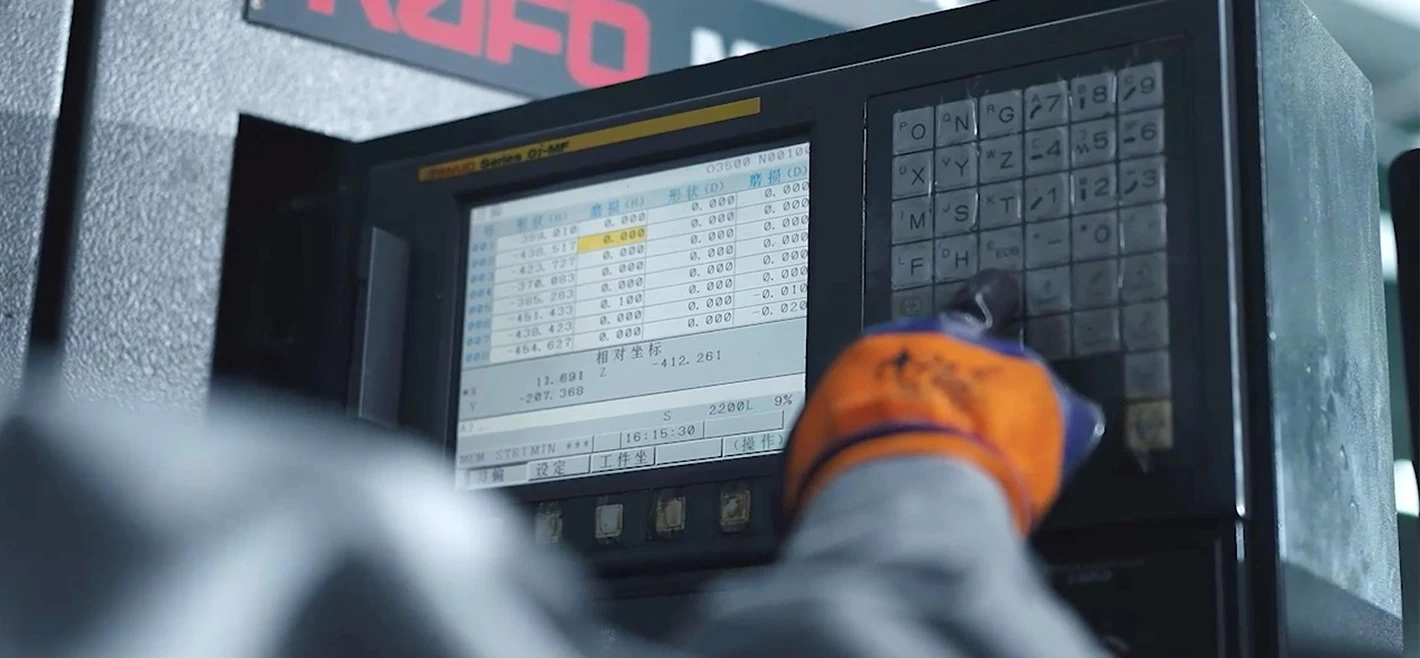
For sheet metal manufacturing factory, 5052 and 1060 are the first choice for bending processing - the former to meet the comprehensive needs of strength and forming, the latter to achieve the production of ultra-thin and complex parts; while 6061 requires strict process control, 7075 is not necessary not to choose. In the future, with the popularity of bending test fixtures, solid connection and other technologies, aluminium sheet metal processing will accelerate the evolution of precision and intelligence. Choosing the right material and using the right process will give you a head start in the wave of lightweighting.

